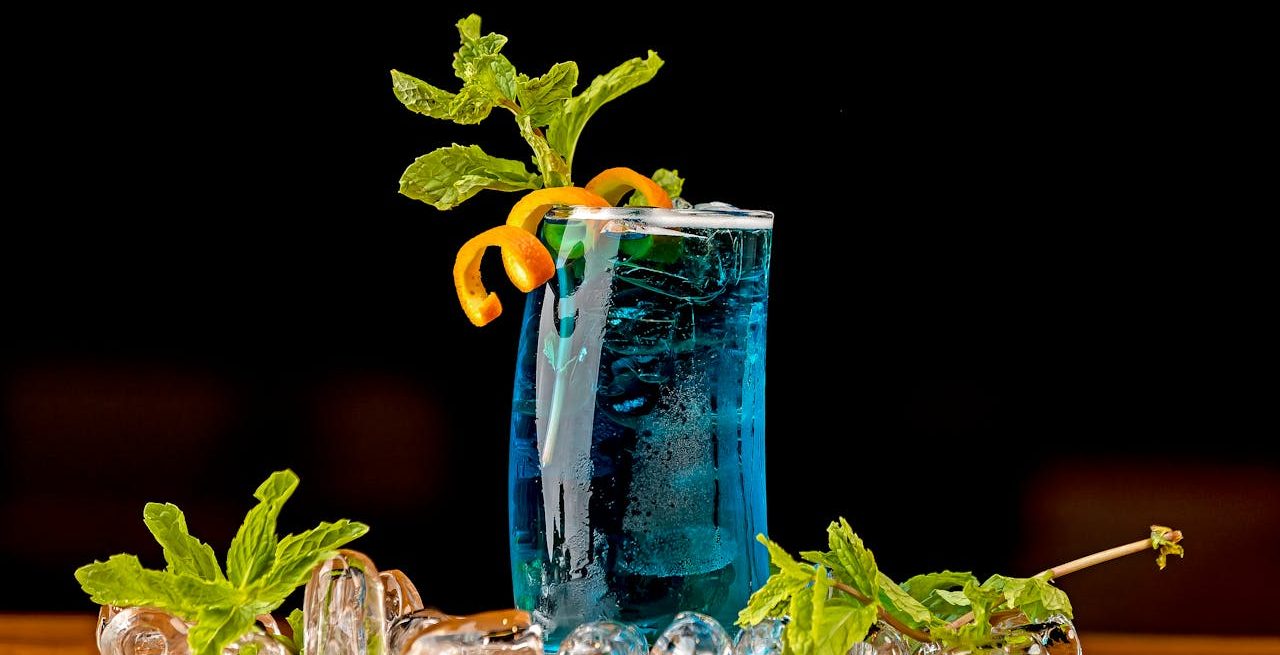Understanding Legality of Non-Alcoholic and Cannabis-Infused Beverage Trends
3 Min Read By MRM Staff
There has been a lot of fluidity in the beverage sphere over the past few years with the rise of mocktails and other nonalcoholic experience. In 2023, off-premise sales of non-alcoholic beer, wine, and spirits topped $565 million, according to NielsenIQ, which was a 35-percent increase in dollar sales from the prior year.
Alternatively, there's been an uptick in the cannabis-infused beverages market – with the $2.04 billion market in 2023 projected to grow to $3.09 billion globally. What do restaurants need to understand and meet the needs of these potential guests? To learn more, Modern Restaurant Management (MRM) magazine reached out to Greenspoon Marder. In addition to advising beverage retailers, suppliers and wholesalers in the hospitality industry, the firm represents public multi-state operators, state-licensed dispensaries, cultivators, infusers, distributors, new social equity entrants, ancillary businesses, and those looking to enter the cannabis space.
Brad…
Sorry, You've Reached Your Article Limit.
Register for free with our site to get unlimited articles.
Already registered? Sign in!

